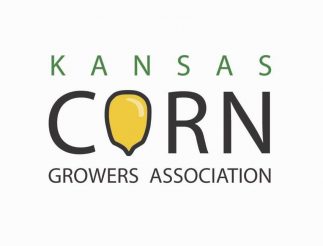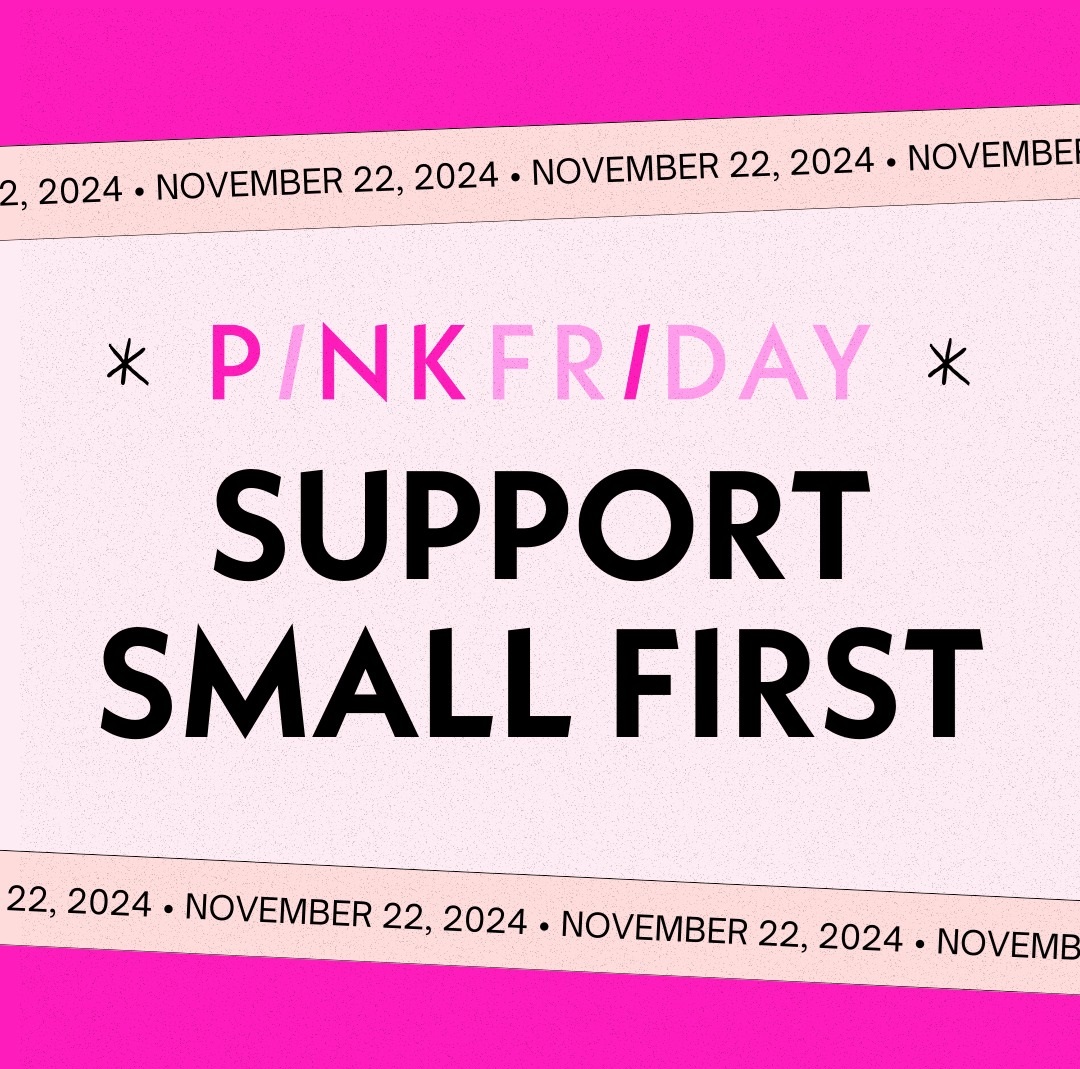Kansas Corn Growers Association (KCGA) members are celebrating the success of the Renewable Fuel Standard which is entering its 15th year. While the RFS was enacted in 2005, its expansion in 2007 (RFS2) led to the significant impact of renewable fuels to the nation’s economy and environment. In 2007, opponents painted a bleak picture of a world with RFS2, predicting corn shortages, dramatic increases in corn acres, deforestation and loss of prairies, dramatic increases in water use, and cars unable to run on 10 percent ethanol abandoned on the roadside. In reality, U.S. cropland acres continue to shrink while grasslands and forests have increased, and grain available for animal feed and exports has increased. At the same time, renewable fuel production has tripled, and 10 percent ethanol fuel has become the standard for regular unleaded fuel across the U.S.
“When RFS2 went into effect 15 years ago, I’m not sure anyone expected this high level of positive results,” KCGA CEO Josh Roe said. “Ethanol lowers emissions for cleaner air which we all benefit from, and it also lowers the price at the pump. Ethanol keeps fuel prices lower. Studies show ethanol lowers fuel prices by 77 cents per gallon, but you only need to look at the prices of the ‘No Ethanol’ blends at many stations to understand that ethanol is saving drivers a lot of money. That’s important especially to middle and lower income Kansas families who rely on transportation for their livelihoods.”
The RFS was expanded in 2007. In the 15 years since RFS2:
Renewable fuel production has tripled, bringing economic growth to rural communities and heartland states.
10 percent ethanol fuel has become the national standard for regular unleaded fuel, providing lower prices and cleaner air for consumers.
A 2023 University of California, Berkely-led study showed ethanol in our fuel supply reduced U.S. gas prices by $0.77/gallon between 2019-2022.
In 2007, ethanol reduced the need for about 250 million barrels of foreign oil. In 2023, ethanol reduced the need for 610 million barrels of foreign oil.
Total acres used for U.S. cropland continue to decrease. Corn acres fluctuate due to market and weather conditions.
Corn yields have increased dramatically, allowing farmers to grow more on less land. Thanks to technological improvements to corn seed and farming practices, farmers are producing more corn with less water and fewer inputs.
87 percent of U.S. corn acres are rainfed—only 13 percent of acres are grown with irrigation. The amount of water used for irrigating corn dropped 18 percent from 1998 to 2018. Irrigation water use in corn has dropped by 749 billion gallons over the past 25 years.
In Kansas, 43 percent of corn acres in 2007 were irrigated. Today, just over 25 percent of Kansas corn acres are irrigated. Innovations like biotech seed and improved sustainable farming practices allow more growers to produce corn without irrigation. This also caused overall growth in corn acres in Kansas, with more growers being able to add corn to their crop rotations.
According to USDA data, in ten years between 1998 and 2018:
- Water used to irrigate corn dropped 18 percent
- Overall corn production increased 47 percent
- Ethanol production increased 1,045 percent
“Ethanol is a major economic development tool for the state of Kansas, providing jobs and building value to the rural areas where plants are located, and providing consumers with needed lower cost, higher quality fuel choices,” Roe said. “We are thankful for the farmers and community members who invested in and built ethanol plants across the state, agriculture leaders and organizations like KCGA and NCGA who worked hard to establish the RFS to build a strong future for renewable fuels, and consumers who use our Kansas-made fuels. We continue our work to build opportunities for greater consumer access to ethanol with E15 and higher blends.”
The Kansas Corn Growers Association represents its members in legislative and regulatory issues and promotes Kansas corn and its products.



